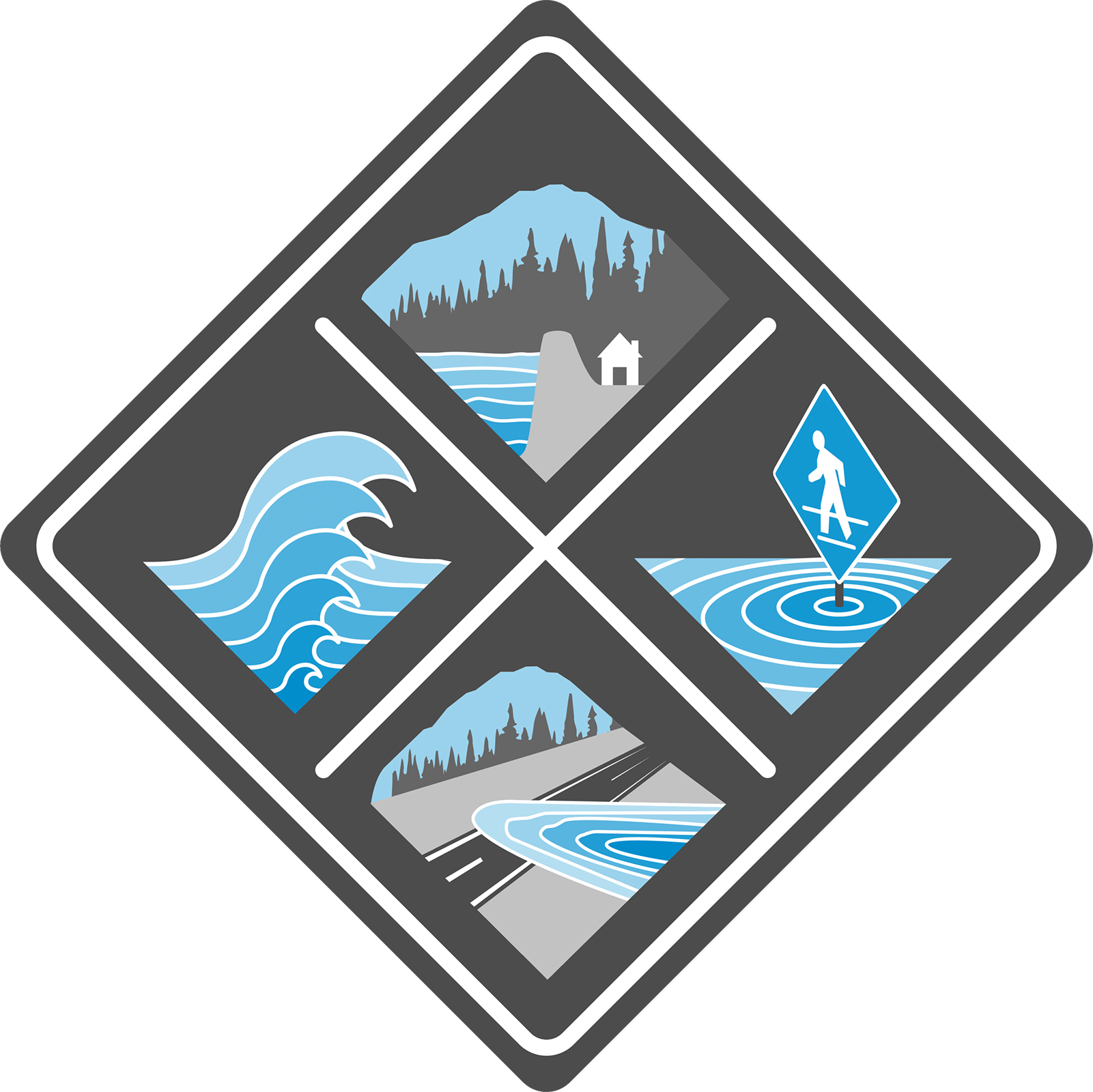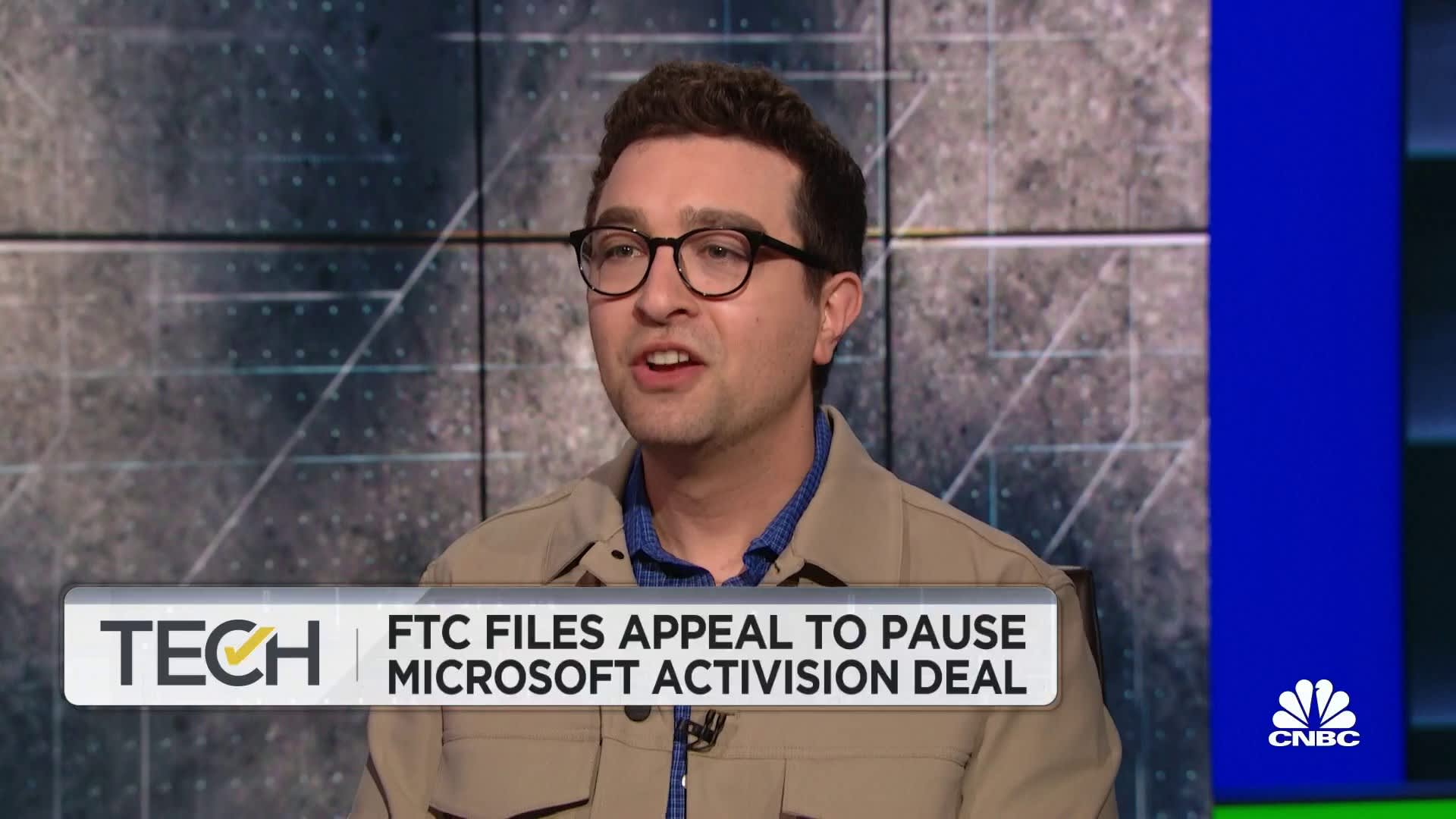Understanding The Impacts Of Dangerous Climate Whiplash On Urban Areas

Table of Contents
Infrastructure Vulnerability to Climate Whiplash
Climate whiplash significantly impacts urban infrastructure, leading to costly repairs and disruptions to essential services. The unpredictable nature of these extreme weather events makes planning and mitigation particularly challenging.
Damage to Transportation Systems
Sudden temperature swings, a hallmark of climate whiplash, inflict considerable damage on transportation systems. Freeze-thaw cycles, for example, weaken roads, bridges, and railway tracks, leading to:
- Increased maintenance costs: Repairing and replacing damaged infrastructure requires significant financial resources, diverting funds from other essential projects.
- Disruptions to public transport: Road closures, bridge collapses, and track damage can severely disrupt public transportation, impacting commutes and causing economic losses.
- Economic losses due to transportation delays: Delays in transporting goods and people translate into significant economic losses for businesses and individuals.
Water Infrastructure Challenges
Intense rainfall associated with climate whiplash overwhelms sewer systems, leading to overflows and widespread flooding. Conversely, prolonged dry periods strain water supplies, creating a double whammy of challenges:
- Risk of waterborne diseases: Contaminated water from overflowing sewers increases the risk of outbreaks of waterborne diseases like cholera and typhoid.
- Damage to water treatment plants: Flooding can damage water treatment plants, disrupting clean water supply and potentially compromising public health.
- Increased water scarcity and price hikes: Prolonged droughts lead to water scarcity, driving up water prices and impacting both households and industries.
Energy Grid Instability
Extreme weather events frequently damage power lines and substations, causing widespread power outages. Climate whiplash exacerbates this problem by creating unexpected surges in demand:
- Power outages leading to economic losses: Businesses suffer losses due to downtime, and hospitals face challenges in maintaining essential services.
- Increased reliance on backup power sources: Frequent outages necessitate increased reliance on expensive and often polluting backup generators.
- Risk to essential services (hospitals, etc.): Power outages can endanger patients in hospitals and disrupt other essential services dependent on reliable electricity.
Public Health Impacts of Urban Climate Whiplash
The unpredictable and intense weather patterns of climate whiplash pose significant threats to public health in urban areas, impacting both physical and mental well-being.
Heat-Related Illnesses and Deaths
Extreme heatwaves, a frequent characteristic of climate whiplash, lead to a surge in heatstroke and other heat-related illnesses:
- Increased mortality rates among vulnerable populations: The elderly, children, and individuals with pre-existing health conditions are particularly vulnerable to heat-related deaths.
- Strain on healthcare systems: A sudden influx of heatstroke patients strains healthcare resources, diverting attention and resources from other critical needs.
- Need for improved heatwave preparedness plans: Cities need to develop and implement comprehensive heatwave action plans to mitigate the health impacts.
Spread of Infectious Diseases
Flooding and stagnant water, often consequences of climate whiplash, create ideal breeding grounds for disease vectors like mosquitoes:
- Increased risk of waterborne and vector-borne diseases: This leads to a rise in diseases such as dengue fever, malaria, and Zika virus.
- Need for improved disease surveillance and control: Effective surveillance and control measures are crucial to prevent and manage outbreaks of infectious diseases.
- Public health campaigns for disease prevention: Public health campaigns to educate citizens about disease prevention are essential for mitigating risks.
Mental Health Consequences
The constant threat of extreme weather events and the resulting disruption to daily life can significantly impact mental health:
- Increased rates of anxiety and depression: The unpredictability and fear associated with climate whiplash contribute to increased rates of anxiety and depression.
- Community displacement and trauma: Extreme weather events can lead to displacement and trauma, requiring substantial mental health support.
- Need for improved mental health support services: Cities need to bolster mental health services to address the growing needs of the population.
Socioeconomic Consequences of Climate Whiplash in Urban Areas
The impacts of climate whiplash extend far beyond infrastructure and public health, significantly impacting the socioeconomic fabric of urban areas.
Economic Losses and Disruptions
The damage to property, infrastructure, and the disruption of businesses translate into significant economic losses:
- Insurance costs and claims: The frequency and severity of climate-related damage lead to increased insurance costs and claims.
- Job losses in affected industries: Businesses in affected sectors may experience job losses due to damage and disruption.
- Increased inequality due to disproportionate impact on vulnerable communities: Low-income communities are often disproportionately affected, exacerbating existing inequalities.
Displacement and Migration
Extreme weather events can force people to leave their homes, leading to internal displacement and migration:
- Increased strain on housing and social services: The influx of displaced populations strains resources and social services in receiving areas.
- Social and political instability: Mass displacement can exacerbate social tensions and contribute to political instability.
- Need for adequate relocation and resettlement strategies: Cities need to develop effective relocation and resettlement strategies to support displaced populations.
Impact on Food Security
Climate whiplash can disrupt urban food systems through supply chain disruptions and reduced crop yields:
- Increased food prices: Damage to infrastructure and reduced crop yields can lead to increased food prices, impacting food security for vulnerable populations.
- Food insecurity and malnutrition: Reduced access to affordable and nutritious food can lead to food insecurity and malnutrition.
- Need for sustainable urban food systems: Building resilient and sustainable urban food systems is crucial for ensuring food security in the face of climate whiplash.
Conclusion
Understanding the multifaceted impacts of climate whiplash on our urban environments is crucial for building resilient and sustainable cities. The vulnerability of our infrastructure, the strain on public health systems, and the significant socioeconomic consequences demand urgent attention. By investing in climate-resilient infrastructure, implementing effective public health measures, and addressing the socioeconomic consequences, we can minimize the devastating effects of dangerous climate whiplash and create safer, healthier, and more equitable urban spaces for future generations. Learn more about climate change adaptation strategies for urban areas and join the fight against climate whiplash today!

Featured Posts
-
 Hugh Jackman Deposition Rumors Fan Reactions To Blake Lively Legal Drama
May 28, 2025
Hugh Jackman Deposition Rumors Fan Reactions To Blake Lively Legal Drama
May 28, 2025 -
 One Piece Character Allegiances A Look At Crew Changes
May 28, 2025
One Piece Character Allegiances A Look At Crew Changes
May 28, 2025 -
 Ftcs Appeal Against Microsoft Activision Merger Approval
May 28, 2025
Ftcs Appeal Against Microsoft Activision Merger Approval
May 28, 2025 -
 The Daywatch Story Wwii Soldier James Loyds Homecoming
May 28, 2025
The Daywatch Story Wwii Soldier James Loyds Homecoming
May 28, 2025 -
 Test Du Samsung Galaxy S25 Ultra 256 Go Avis Et Prix
May 28, 2025
Test Du Samsung Galaxy S25 Ultra 256 Go Avis Et Prix
May 28, 2025
Latest Posts
-
 Gorillaz Celebrate 25 Years A Retrospective Exhibition And Live Performances
May 30, 2025
Gorillaz Celebrate 25 Years A Retrospective Exhibition And Live Performances
May 30, 2025 -
 Gorillaz 25th Anniversary Exhibition And Special Shows Announced
May 30, 2025
Gorillaz 25th Anniversary Exhibition And Special Shows Announced
May 30, 2025 -
 House Of Kong Immersive Gorillaz Exhibition For Their 25th Anniversary
May 30, 2025
House Of Kong Immersive Gorillaz Exhibition For Their 25th Anniversary
May 30, 2025 -
 Gorillaz 25th Anniversary The House Of Kong Exhibition Dates Location And Tickets
May 30, 2025
Gorillaz 25th Anniversary The House Of Kong Exhibition Dates Location And Tickets
May 30, 2025 -
 Experience Gorillazs House Of Kong A 25th Anniversary Exhibition
May 30, 2025
Experience Gorillazs House Of Kong A 25th Anniversary Exhibition
May 30, 2025
